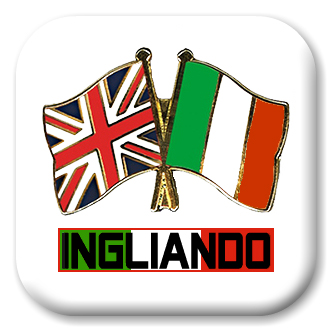Taken Prisoner By Irish Raiders
It is known that St. Patrick was born in Britain to wealthy parents near the end of the fourth century. He is believed to have died on March 17, around 460 A.D. Although his father was a Christian deacon, it has been suggested that he probably took on the role because of tax incentives and there is no evidence that Patrick came from a particularly religious family. At the age of 16, Patrick was taken prisoner by a group of Irish raiders who were attacking his family’s estate. They transported him to Ireland where he spent six years in captivity. (There is some dispute over where this captivity took place. Although many believe he was taken to live in Mount Slemish in County Antrim, it is more likely that he was held in County Mayo near Killala.) During this time, he worked as a shepherd, outdoors and away from people. Lonely and afraid, he turned to his religion for solace, becoming a devout Christian. (It is also believed that Patrick first began to dream of converting the Irish people to Christianity during his captivity.)
Guided By Visions
After more than six years as a prisoner, Patrick escaped. According to his writing, a voice—which he believed to be God’s—spoke to him in a dream, telling him it was time to leave Ireland. To do so, Patrick walked nearly 200 miles from County Mayo, where it is believed he was held, to the Irish coast. After escaping to Britain, Patrick reported that he experienced a second revelation—an angel in a dream tells him to return to Ireland as a missionary. Soon after, Patrick began religious training, a course of study that lasted more than 15 years. After his ordination as a priest, he was sent to Ireland with a dual mission: to minister to Christians already living in Ireland and to begin to convert the Irish. (Interestingly, this mission contradicts the widely held notion that Patrick introduced Christianity to Ireland.)
Bonfires and Crosses
Familiar with the Irish language and culture, Patrick chose to incorporate traditional ritual into his lessons of Christianity instead of attempting to eradicate native Irish beliefs. For instance, he used bonfires to celebrate Easter since the Irish were used to honoring their gods with fire. He also superimposed a sun, a powerful Irish symbol, onto the Christian cross to create what is now called a Celtic cross, so that veneration of the symbol would seem more natural to the Irish. Although there were a small number of Christians on the island when Patrick arrived, most Irish practiced a nature-based pagan religion. The Irish culture centered around a rich tradition of oral legend and myth. When this is considered, it is no surprise that the story of Patrick’s life became exaggerated over the centuries—spinning exciting tales to remember history has always been a part of the Irish way of life.
Source: History.com
COMPREHENSION
TRUE 
 FALSE
FALSE
According to the article:
- Patrick was not born in Ireland.
- Patrick’s father was a devout Christian.
- Patrick decided to go to Ireland at the age of 16.
- Fear and solitude drove Patrick to Christianity.
- Patrick first started converting the Irish people to Christianity during his captivity.
- After escaping, Patrick went back to Britain.
- On his return to Ireland, Patrick started studying to be a priest.
- Patrick chose not to attempt to eradicate native Irish rituals in his teachings.
- The Celtic cross was invented by Patrick.
- It was Patrick who first introduced Christianity to Ireland.
ATTENZIONE
RISPOSTE CORRETTE QUI SOTTO



- T – Il nome ‘Britain’ (Bretagna) si riferisce all’isola maggiore (Inghilterra, Scozia, Galles) e non include l’Irlanda.
- F – Non ci sono prove che la famiglia di Patrick era particolarmente religiosa (si pensa che suo padre era diacono solo per usufruire delle agevolazioni fiscali!)
- F – Fu portato in Irlanda contro la sua volontà dai sciacalli irlandesi.
- T – ‘Lonely and afraid’ = solo e impaurito (paura e solitudine).
- F – Forse ha cominciato a pensarlo ma ha cominciato a farlo molto più tardi.
- T – Ha camminato da County Mayo fino alla costa e poi è fuggito nella Bretagna.
- F – Ha studiato in Bretagna prima di tornare in Irlanda.
- T – Ha preferito incorporare i riti e simboli tradizionali irlandesi nelle sue lezioni di cristianesimo.
- T – Secondo il testo fu Patrick a combinare il simbolo del sole (il cerchio) con la croce cristiana per dare nascita alla ‘Celtic Cross’.
- F – Anche se relativamente pochi, c’erano già dei cristiani in Irlanda prima dell’arrivo di Patrick.
Your comments are always very welcome.




that’s a nice comprehension exercise.
LikeLike
Thanks, Roberta. I’m glad you enjoyed it. Did you get all the answers right?
LikeLike